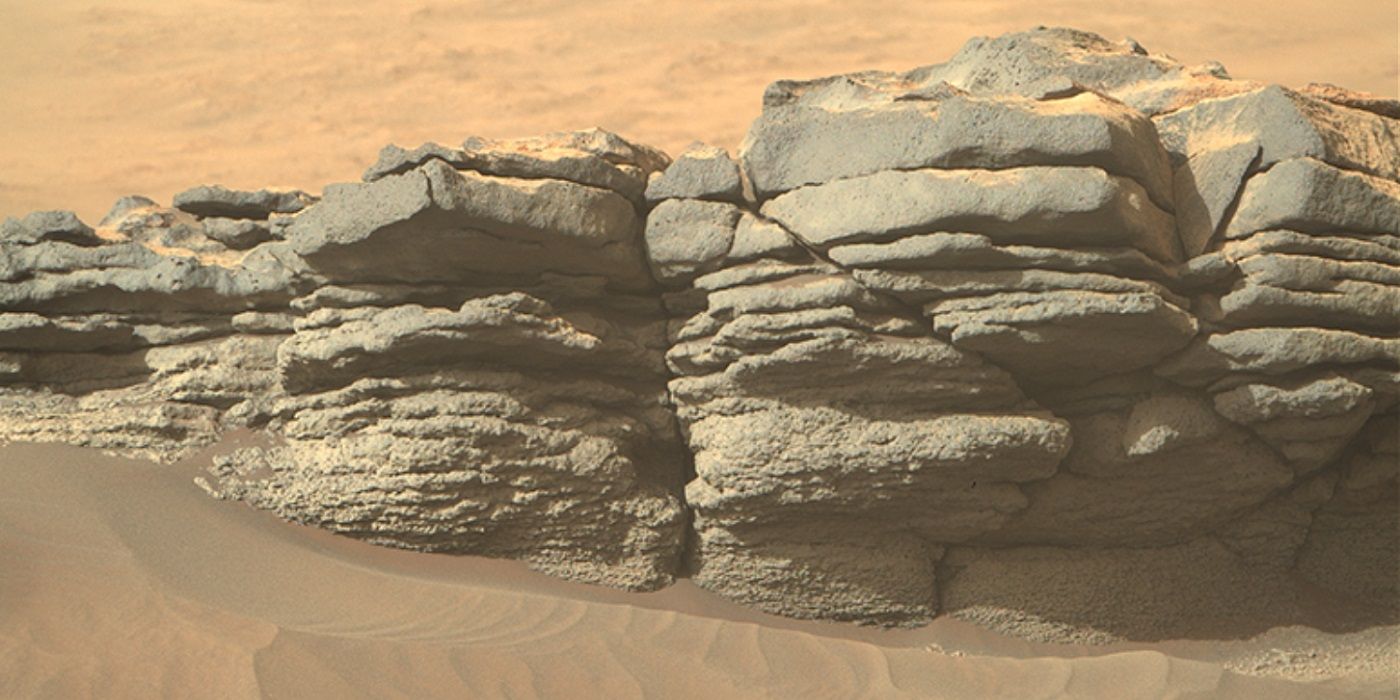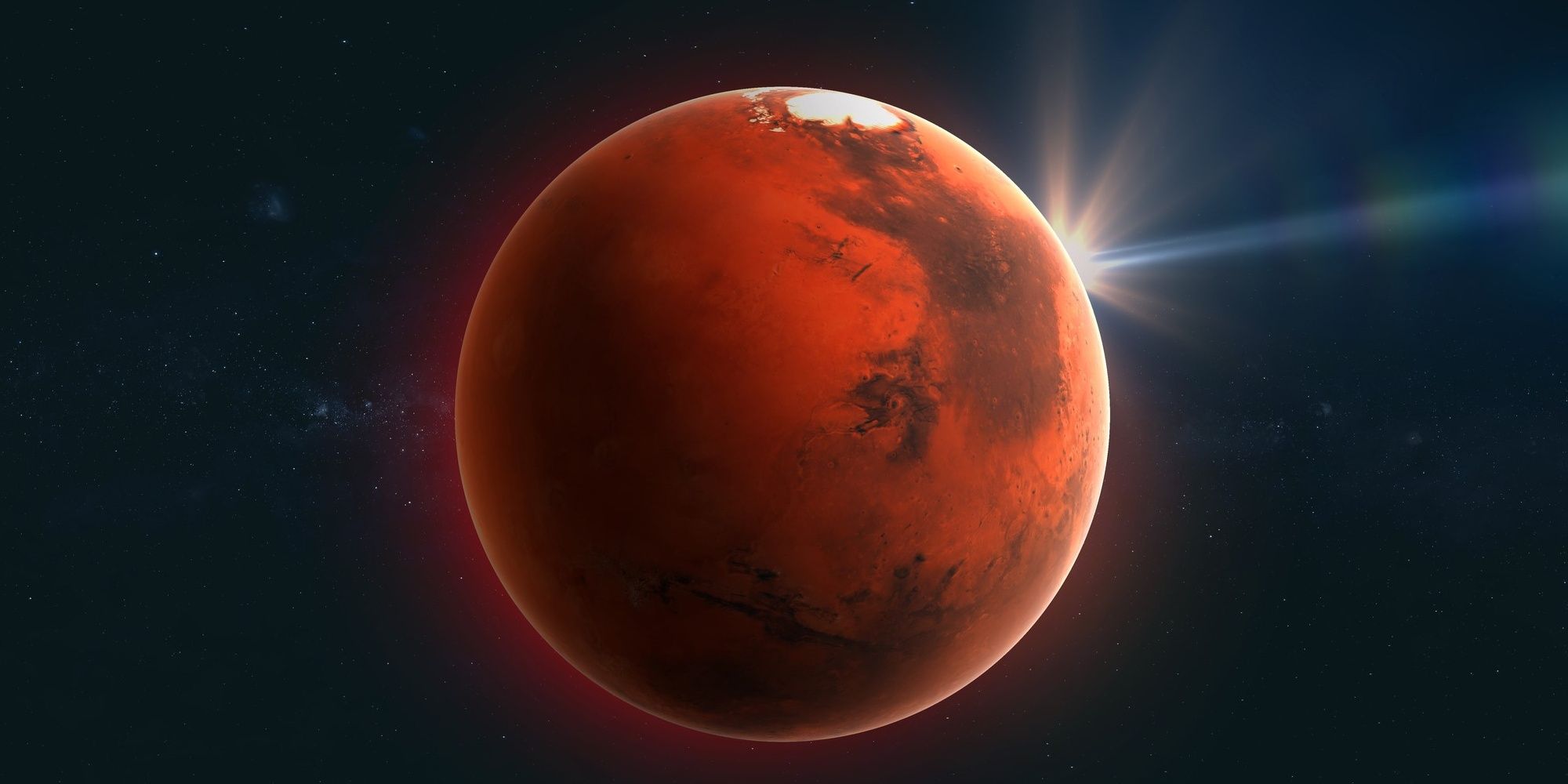NASA's Perseverance rover has examined nearly four billion years old mineral rocks in the Jezero crater of Mars and scientists were astounded by the unexpected results. A few years back, Mars orbiters found a rock formation comprising Olivine, a mineral that's plentiful over a large area on the planet. Olivine-rich rock formation extends from the inner rim of Jezero Crater into the surrounding area.
Jezero Crater was chosen as the landing site for the Perseverance rover partly due to the crater's history as part of a river system, back when Mars used to have liquid water, air, and a magnetic field. Therefore, scientists anticipated discovering sedimentary rocks with minerals of a reddish hue in Jezero. However, Perseverance's startling discovery has shown a majority of the rocks were not the typical sedimentary rocks that had been deposited on the lake bottom by rivers. Instead, numerous rocks were composed of Olivine-rich solidified lava.
Detailed by Purdue University, Perseverance scraped a rock in the crater to unveil its composition and then examined the exposed patch, through which the scientists identified the olivine's grain size. Olivine is neither rare nor remarkable by itself. It constitutes the majority of the Earth's mantle and is not very uncommon on Mars as well. Specifically, the igneous rocks of the Jezero crater are composed of large grains of Olivine, a brown or olive-green mineral occurring in rocks of volcanic origin that imparts a dark green hue to many of Hawaii's beaches. Old rocks on Earth are highly weathered due to the effects of billions of years of wind, water, and life. On Mars, however, Olivine-rich rocks are pristine and considerably easier to examine and analyze. A theory suggests that the mineral olivine may have formed deep within the ground from volcanic lava before being steadily exposed by erosion.
Martian Rocks Can Explain How Life Emerged
The value of studying minerals on Mars cannot be overstated. The varieties of minerals observed, where they are observed, and how they arrived at Mars are all indicators of the planet's history. Historical evaluation of the Martian Rocks, along with their indication of the evolution of Mars planetary environments, enables scientists to comprehend how life may have emerged on the red planet. For this purpose, the innovative equipment and technology of Perseverance are assisting the rover in accomplishing its mission in a way that no other rover has achieved before.
Rocks that the Perseverance rover is exploring in Jezero had essentially been waiting for mankind to arrive at its surface for billions of years. The early environment and atmospheric conditions of Earth during the emergence of life can be predicted with accuracy by extrapolating the early conditions of Mars. As an important laboratory to study 'How and under what conditions life began', Mars will help scientists in the search for life on other planets and moons. The pursuit of life is one of Perseverance's primary objectives and the main motivations it touched down in Jezero Crater on Mars.
Source: Purdue University


